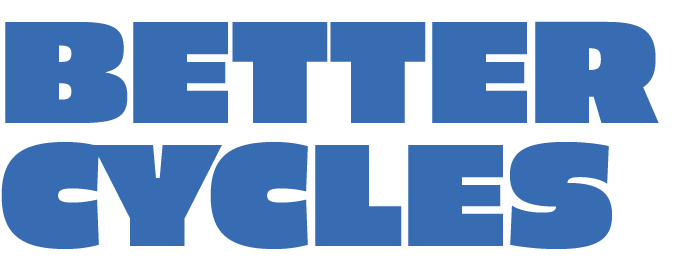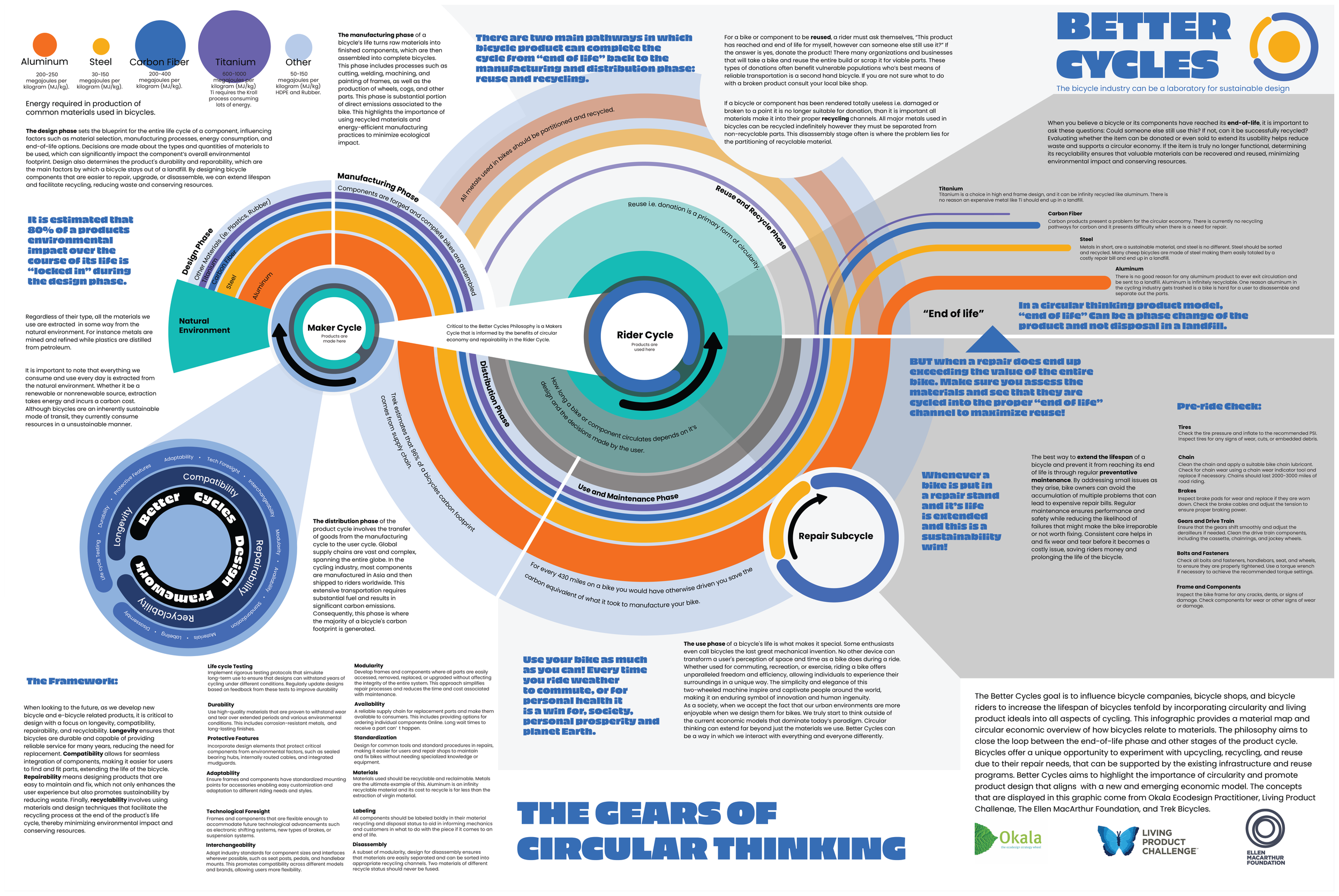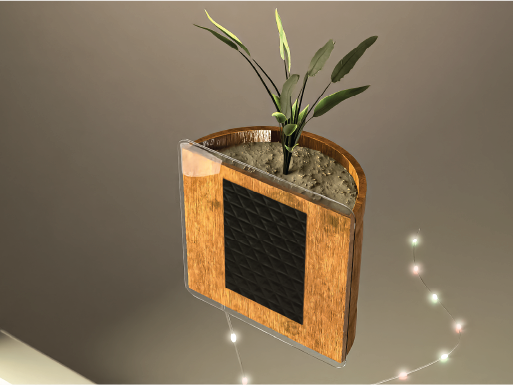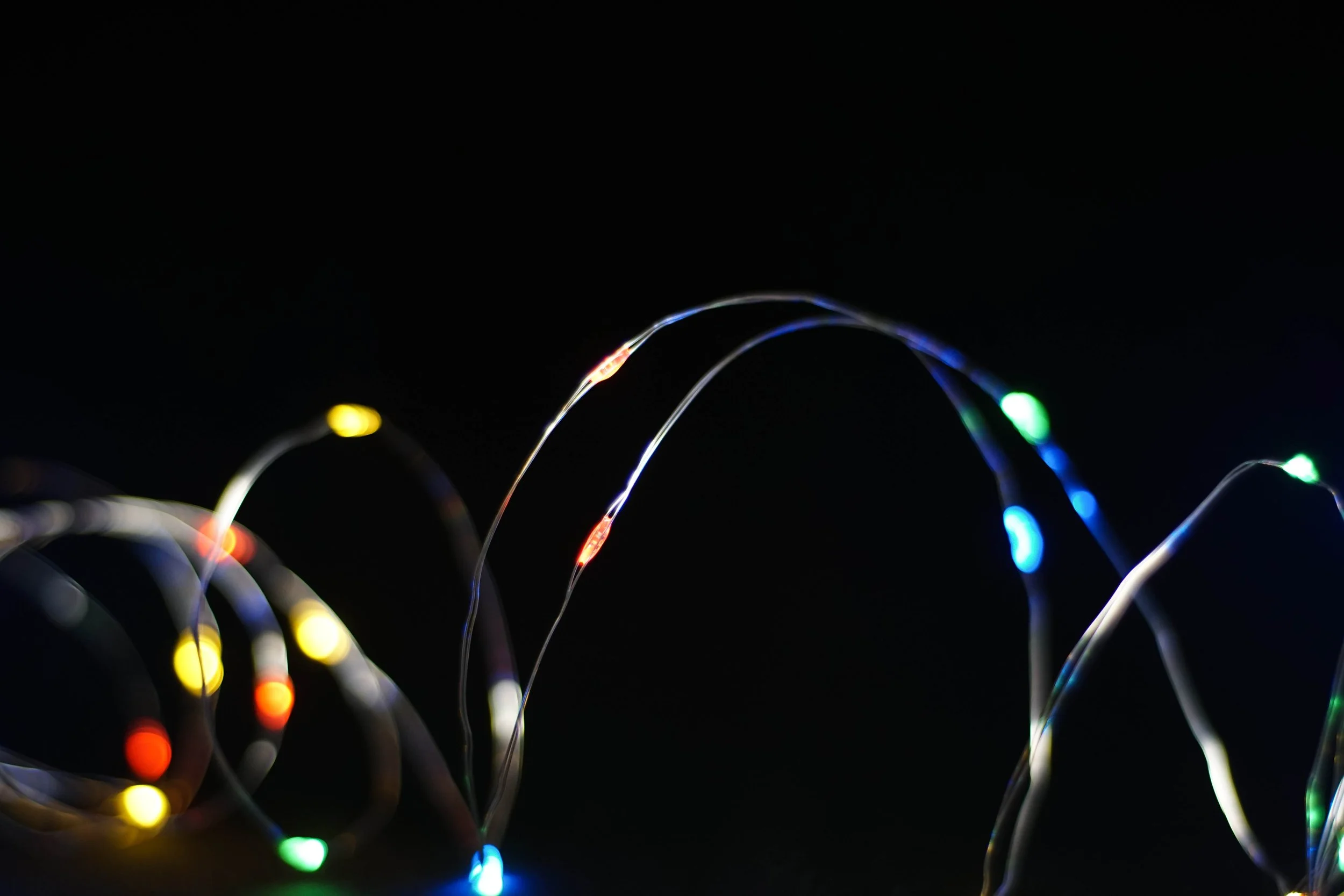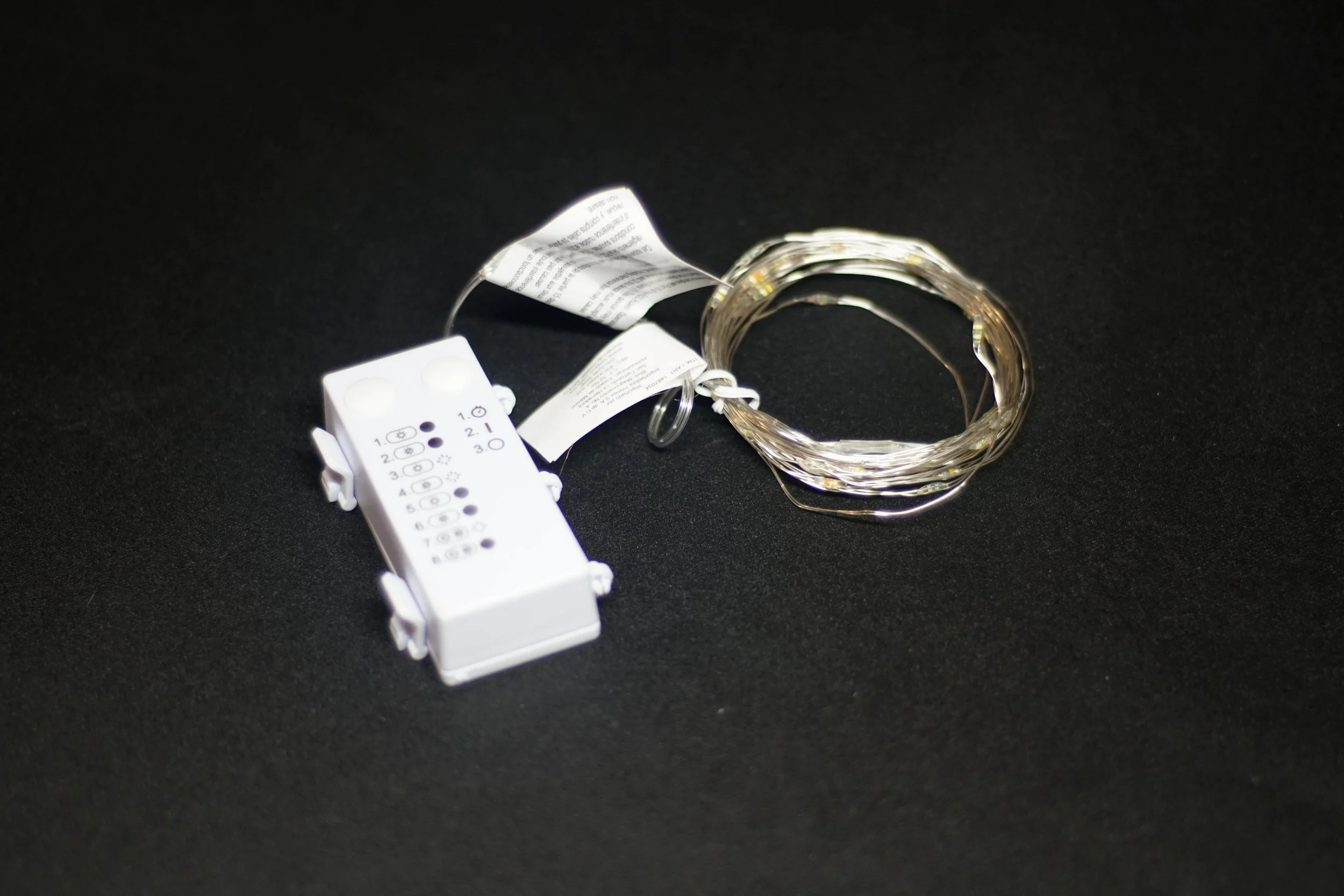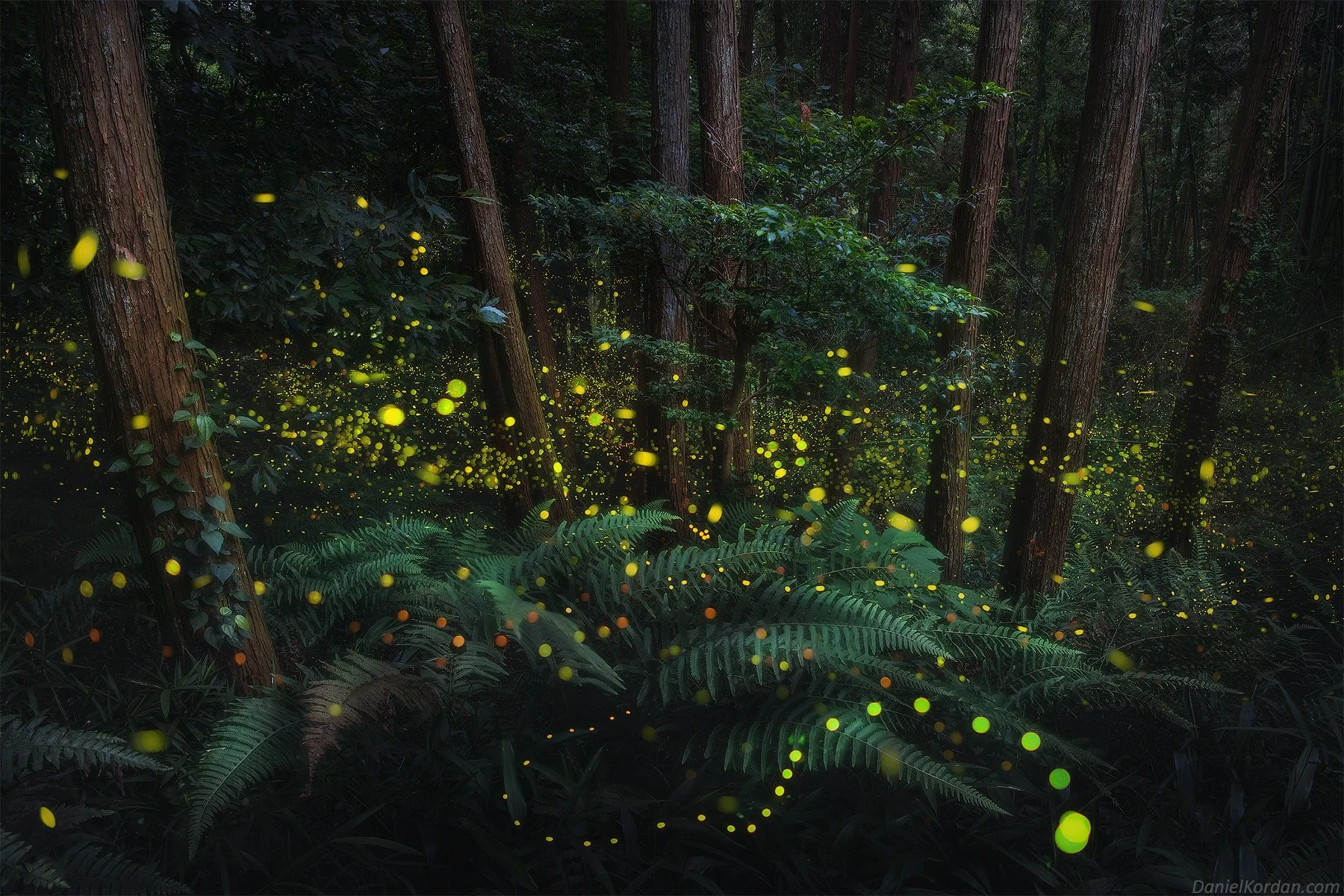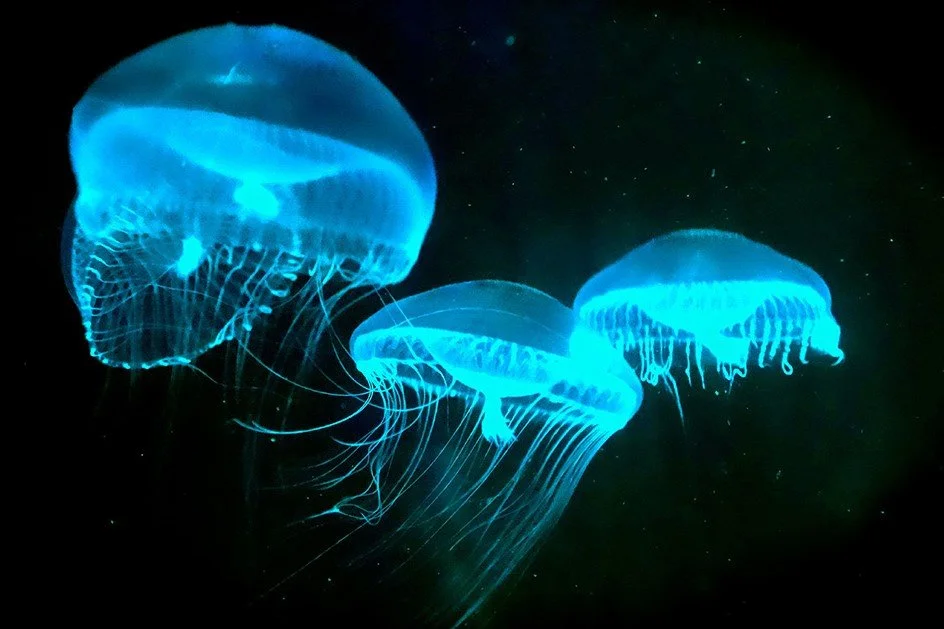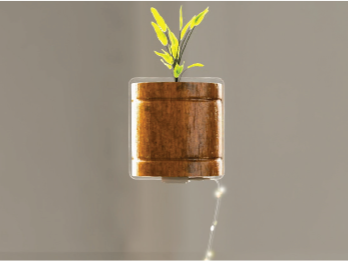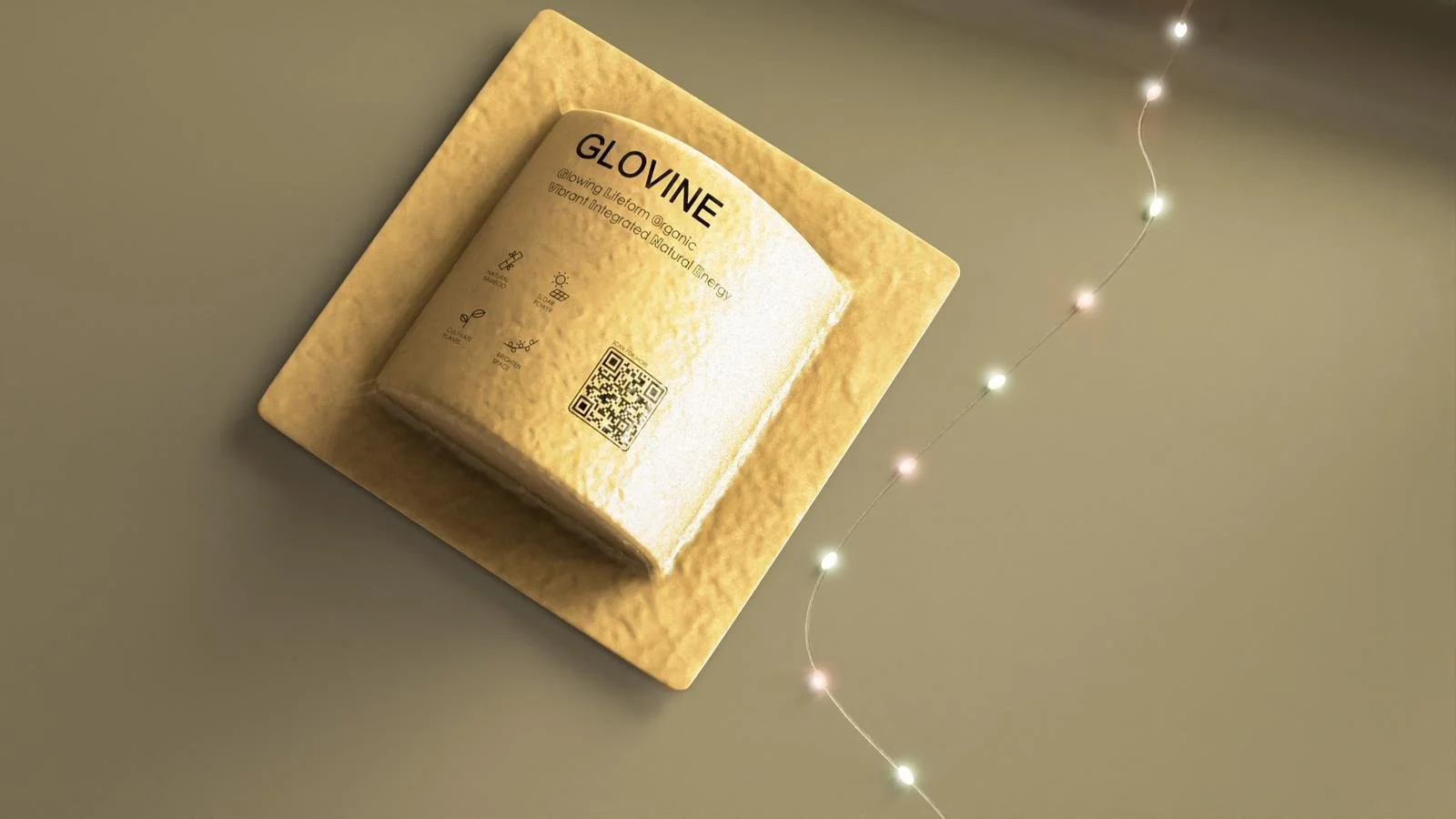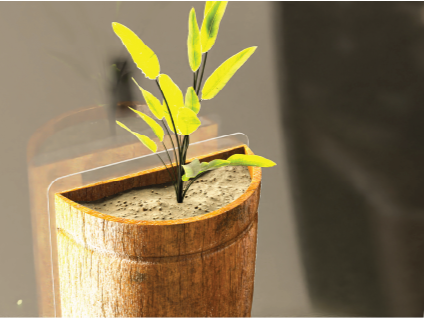Bicycles and e-mobility are touted as beautifully sustainable mode of transportation, which is true, however of the last 30 years the production of such vehicles continues to become more unsustainable.
The classic product cycle is a one-way road. Products follow a linear path from inception to disposal. At the end of their useful life, are discarded. This discard phase means the products end up in landfills contributing to environmental pollution and resource depletion. The linear nature of this cycle does not account for the recovery or reuse of materials, leading to demand for new raw materials and an increase in waste generation.
Let's close the loop on sustainability in the bicycle industry! The concept of circularity emphasizes the need to design products with sustainability and the future in mind. Circularity involves creating products that are designed to be reused, repaired, and recycled, minimizing waste and conserving resources.
Bicycles have a average life span of 6-10 years.
Lets close the loop!
The Better Cycles goal is to influence bicycle companies, bicycle shops, and bicycle riders to increase this lifespan by 10 fold by incorporating circularity and living product ideals into all aspects of cycling.
Better Cycles is an information suite that targets bicycle companies, bicycle shops, and bicycle riders and persuades them to increase the lifespan of bicycles incorporating circularity and living product ideals into all aspects of cycling. This suite is comprised of circular economic overview of how bicycles relate to materials, a specific design framework to guide in future development, and an information booklet. The Better Cycles philosophy aims to close the loop between the end-of-life phase and other stages of the product cycle. Bicycles offer a unique opportunity to experiment with upcycling, recycling, and reuse due to their inherent repair needs, supported by the existing infrastructure and reuse programs. Better Cycles highlights the importance of circularity and promote product designs that align with a new and emerging economic model.
GLOWVINE
PROJECT BRIEF:
Take an everyday product and redesign it with a fully sustainable material cycle and service course.
My team was tasked with the redesign of a Philips brand battery powered light string:
GLOWING . LIFEFORM . ORGANIC . VIBRANT . INDOOR . NATURAL . ENERGY
GLOVINE is a sustainably created window mounted indoor solar light string with generative illuminations inspired by bioluminescent beings. GLOVINE has reactive modes that respond to the time of day and ambient conditions. These modes are designed to enhance the user's mood in different ways. GLOVINE also has the ability for users to create their own custom illuminations through an IOS application. Glovine uses compost and seed-based packaging that is planted in the bamboo planters cup. A Pothos vine will grow from the package when it is properly cared for.
The Philosophy behind the GLOVINE product is experiential. A solar powered bedroom accessory with three bioluminescent inspired generative light modes that aims to educates it's users on the morals of sustainability. The products we buy everyday do not have sustainability at the forefront of the design. The GLOVEVINE aims to adjust this notion in its users.
The Philosophy behind the GLOVINE product is experiential. A solar powered bedroom accessory with three bioluminescent inspired generative light modes that aims to educates it's users on the morals of sustainability. The products we buy everyday do not have sustainability at the forefront of the design. The GLOVEVINE aims to adjust this notion in its users.


